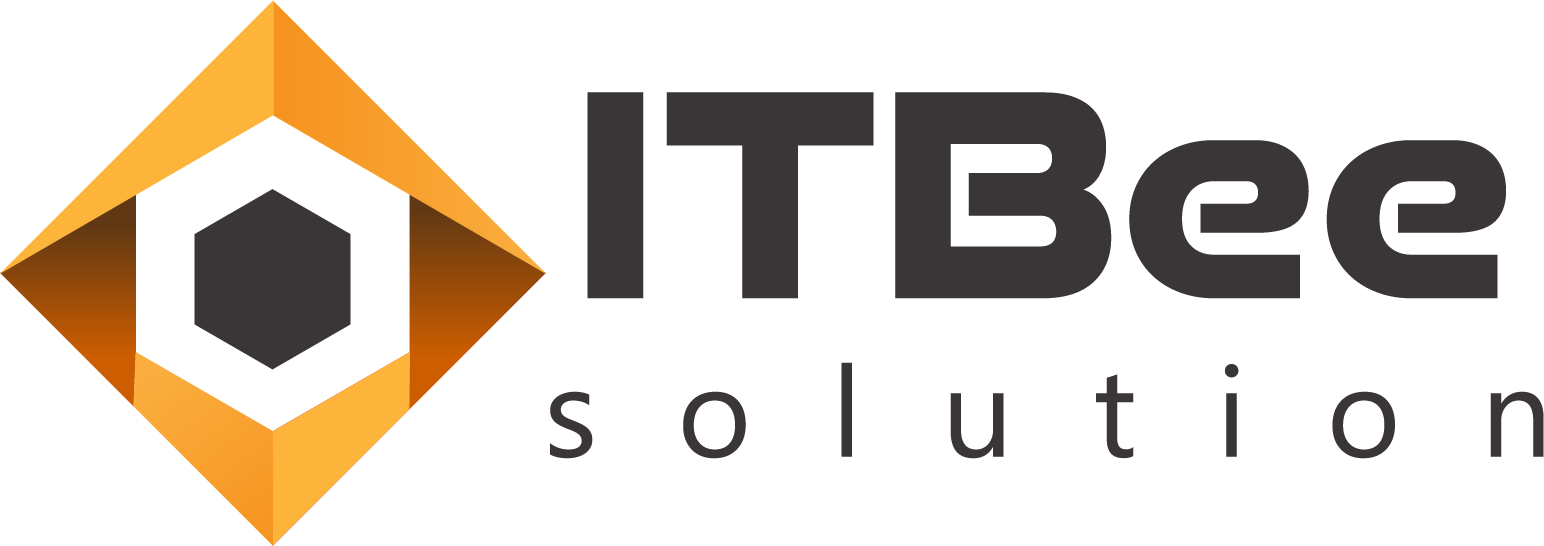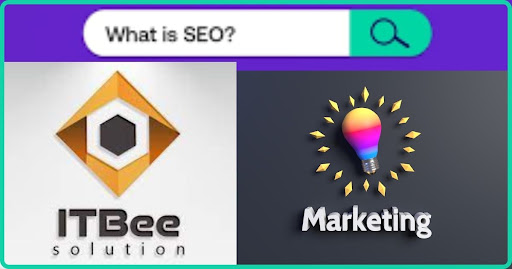
How to improve your online visibility with a solid Search Engine Optimization plan.
SEO with Digital Marketing Factors; Search engine optimization (SEO) is a process of improving the visibility and ranking of a website or web page in search engine results pages (SERPs).
The goal is to make the site as visible as possible in a search engine, ideally so that it appears at the top of the list.
SEO involves creating content that is well-optimized for search engines, including keyword placement and use of keywords throughout the content, as well as on the title tags and meta descriptions.
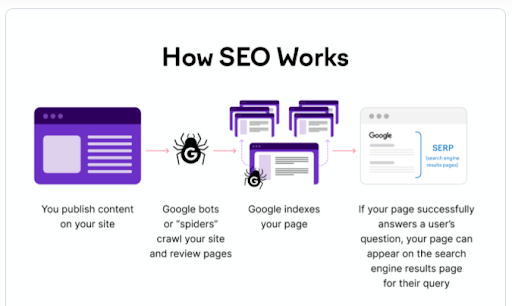
What Is SEO?
Search Engine Optimization (SEO) improves your website’s organic traffic and position on search engines:
- Yahoo and others search engines.
That means creating high-quality content, keeping track of your website’s technical health, gaining hyperlinks from other websites to your website, keeping your site’s local search visibility, and much more.
Helpful Article; Local SEO; What are the Factors of Neighborhood SEO?
How Do Search Engines Work?
Search engines like Google use complicated processes or algorithms to organize and rank content. The algorithms consider a range of ranking factors to determine how well an article is placed.
In short, search engines absorb digital content and then organize this data into result pages. The goal is to ensure that users are satisfied with the results on the Search Engine Result Pages (SERPs).
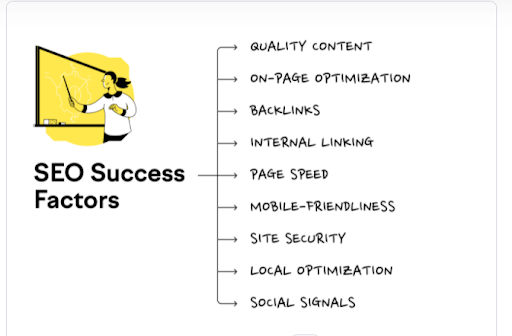
The most important part is the incorporation of keywords in your content. Keywords are the words or phrases people type into search engines when they perform the search.
The content on your site must be relevant to your company and have a high volume of searches (i.e., that enough people are asking questions on Google to warrant you writing the page to answer them).
Using tools such as The Keyword Magic Tool or Keyword Overview tool to identify appropriate keywords for your action plan is possible.
Please be aware that using a keyword a few times in your piece is a dated practice that doesn’t aid in ranking on Google. Instead, make use of keywords to steer your writing.
How Does Google Work?
The principal objective of the SEO strategy is to get a high ranking on Google.
Google operates in the following steps to discover and rank web pages:
1. Search Engines: Organic SEO with Digital Marketing Support
Google uses “bots” to browse the internet and search for new or recently updated pages. To allow Google to locate a website that is not already there, it needs to have links that point to it. The more links a web page has, the easier for Google to find the page.
2. Indexing
The next step is for Google to look at the URLs its robots find and attempt to understand the page’s content.
Google will examine items like images, content, and various other files in the media.
Then, it stores the data within the database known as Google Index (or its database).
Once Google has evaluated URLs, it determines which websites are the most relevant for people’s search queries and then organizes them into the SERPs.
3. Google Algorithm
The Google search algorithm is Google’s internal algorithm for determining content rank.
It takes a variety of variables into account when making its ranking choices.
Google’s algorithm has been changed numerous times over time, But in recent times, the focus is on understanding the intent of the search by using language models.
For instance, Google can take the three examples in the following and present relevant results, even when “change” is used in various contexts.
No one outside Google’s inner circle has a clear view of its ranking elements. It’s not hard to understand that Google is so protective of its formula so closely.
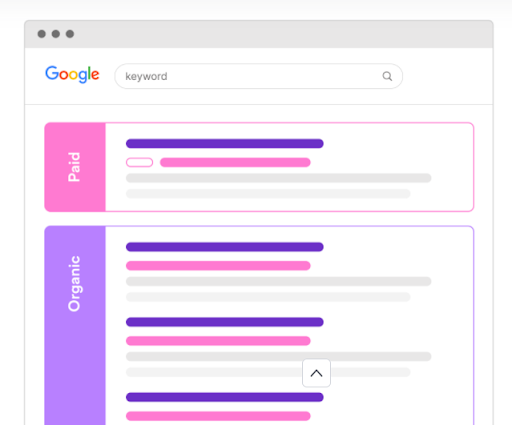
Fortunately, Google does provide users with the best practices to adhere to the service.
In addition, experts such as John Mueller, a Google search advocate, often offer guidance and advice on the algorithm.
Here are a few things to be aware of when optimizing your site following the recommendations of Google its advice:
“Intent Do your contents provide answers to your user’s queries or let them know what they would like to be able to see? Factors such as freshness, language, and synonyms can have an impact here.”
4. Relevance: SEO with Digital Marketing
When Google’s algorithm has determined that your website’s content matches the intent of any question asked, it has scanned the Google Index to see where your content ranks in relevance.
SEO on-page is essential for this. You will likely get higher rankings in search results by providing searchers with the most precise and relevant information.
5. Quality: Best with ITBee Solution SEO and Digital Marketing Support
The content with good search intention and relevance may already be top-quality.
However, the truth lies in that high quality is an essential aspect of Google’s Google Algorithm.
Many people refer to this evaluation as:
- E- expertise
- A – authority
- T- Trust worthier or credibility
6. Google Penalties: SEO Strategies in Digital Marketing Factor
Google penalties are negative results or consequences that affect the rank of a site.

These penalties are manual steps implemented by Google to stop the use of inappropriate SEO techniques.
That is a valuable guide to avoiding making the mistakes resulting in these penalties. It’s not easy to understand the specifics of SERPs.
Take note of the following thread about SEO misconceptions to discern harmful SEO tips from a mile away.
Why Is SEO Important?
SEO is crucial because it can increase the online visibility of your company. Social media and paid ads can also aid in gaining exposure, but the great thing about SEO is that it can keep bringing traffic over time if it is set up correctly.
Search engine optimization can bring “free” traffic to your website. If you create high-quality pages that respond to a user’s request and are indexed, they’ll be ranked at the top of search results.
That is an excellent way for people to learn about and become acquainted with your business and website.
There are other motives to consider SEO. It may:
- Converts to be made
- You can get more leads
- Encourage sales
How Does SEO Work + Examples?
SEO is the art of convincing search engines that they should recommend your website’s content to their readers as the best quality, most trusted, and comprehensive solution to their problems.
When Google bots have collected information on websites, they are included in Google’s Index. Search engines’ algorithms then analyze the index using scores of factors that rank to decide the order in which pages appear in the search results pages (SERPs) according to the search queries from users.
A typical SERP starts with paid results and then displays natural traffic (which is a type of traffic dependent upon the high quality of the pages).
On-Page SEO is Top SEO and Digital Marketing
On-page SEO refers to the practice of optimizing the content on web pages. It is possible to control these elements instead of off-page techniques (discussed in the next section).
For instance, you can change the title tags for Meta descriptions of your page or make the content yourself.
The Top Four of SEO on-page factors are:
1. Keywords
Begin your process of creating content by conducting keyword research using tools such as the Keyword Magic Tool.
You can view data about how many people are searching for a specific keyword and measure how hard it will be to get it to rank.
It can help you determine what keywords you’d like to target in your content.
2. Content Creation is the most important segment of SEO in Digital Marketing
After you have selected the most important and secondary keywords for an area, you can begin creating content with user-friendly intent in your mind.
That involves determining what the people who search for a specific term are searching for in their needs.
If someone is searching “Honda Pilot colors,” make sure you include the colors and supporting images that the user will likely want to see.
3. Page Speed Optimized
Visitors tend to leave a site if they do not quickly get their information. Check that your page’s speed is not enough with the Google PageSpeed Insight tool. If there’s an issue, it will give suggestions for improvement.
4. Internal links
Google crawls the internet via links, implying internal linking is a vital aspect of SEO. Links are considered to be an indication of confidence.
Make use of this by linking authoritative websites to new sites or pages that require some boost.
5. Off-Page SEO and Digital Marketing Factors
Off-page SEO refers to all the optimization strategies carried out off your web properties. These off-page strategies aid search engines and users determine if your website is relevant, credible, and reliable.
While off-page SEO could encompass social media and influencer marketing, the most critical factor is building links.
Link building is the process of getting different websites to link to your site.
Links act as a vote of trust; therefore, obtaining the backlink of a trusted website could bring your site more visitors and increase its authority.
Be aware that having more links doesn’t mean more effectiveness. Spammy backlinks will not negatively impact your website and could even result in sanctions.
Avoid purchasing links or taking shortcuts to keep this from happening.
Link building can be a challenge, but the outcomes can be worth it in terms of traffic, brand recognition, and trustworthiness.
We’ll dive deeper into link building shortly. Let’s first discuss the basics and pitfalls of the significant areas of SEO.
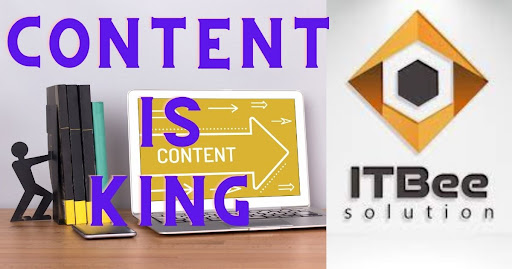
6. Content is the King of Business Strategy
Those following SEO with Digital Marketing Factors. Bill Gates once said: “Content is king.” That is Ture.
What does this mean for you as a result of SEO?
The more relevant the content, the higher the rank on SERPs you can claim.
What is the difference between poor content from the best?
We’ll discuss this in the next section, But before we do, let’s discuss certain vital areas of focus in content.
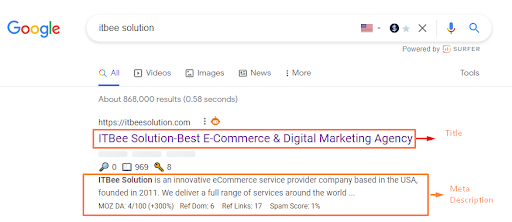
A. Meta Titles and Meta Descriptions
A clear meta title (also called the term “title tag”) that clearly explains what content the webpage offers the user is crucial -this is why they will click on your results or not.
Meta descriptions and Meta Titles are marketing copy that draws the reader in and helps Google understand every page’s content and intent.
Include the primary keyword in the meta description as it’s beneficial for both search engines and users.
B. Headings
The title your visitors see when they arrive on your website is an important signal to Google.
Much like the meta title, it must be clear and contain the search terms the user is searching for demand.
Heading Tag is an important signal for Google and is comforting for the user.
C. Writing Style & SEO and Digital Marketing Factor
Write in a way that is simple, easy to read, and focused. Keep sentences brief, break up your text into clear chunks, and remain on the subject. That will help readers get straight on the right path to solve their issues.
Make sure that your content is organized so that the value you provide is simple to spot and understand. It also makes it easy to connect with the visitor.
D. Rich Content for ITBee Solution Digital Marketing Team Support
Include rich media such as audio, videos, and illustrations.
Remember, however, that Google cannot comprehend the meaning of videos or images.
When you include these more sophisticated formats, be sure to include the appropriate meta tags to assist Google and those visually impaired in understanding the purpose of the content.
Also, you can add a text version of the content to aid people who prefer writing content.
E. Outbound Links and SEO with Digital Marketing Strategy
Outbound links or hyperlinks to external websites can lead to reliable sources that verify the authenticity of your content and confirm your credibility as well as the credibility of your author.
F. Authorship
The author should be identified when it is appropriate. If they are reputable, it will lend credibility to the contents.
Keep at heart that the content you create should not stand on its own. It is crucial to view every element of your content as an integral part of a larger, cohesive strategy for content.
When you realize this, you’re thinking about marketing content.
Best Eight Types of Content Ranking Factors
Different kinds of content are suitable for various funnel stages and multiple types. A well-planned content strategy should include a variety of formats, such as Lists.
Both Google and people Google enjoy lists. They’re easy to glance over and easy to interact with.
1. How-to: guides are ideal for providing step-by-step instructions for a query. Use long-tail keywords if the user has specific questions.
2. Long-form: guides can take a lot of time; however, this kind of content can assist your readers in comprehending a particular or more extensive topic in more detail.
3. Tables: Tables containing information or data on your web pages are easy for Google to comprehend. They also help your visitors when they have to collect data on the subject.
4. Graphics: These could be photos, images, or even illustrations. Google has been incorporating these into the SERPs increasingly, especially for mobile users.
Furthermore, when properly used and appropriately tagged, ideas can generate visitors to Google’s image search, especially popular with specific search queries (i.e. fashion, and travel).
5. Information graphics: These are photos with details (usually images and texts), making them stand-alone content. They’re great content to share with your target audience on social media to create interest.
They are also an excellent way to build links. Videos Google includes more and better videos in its search results. That is especially true for tutorial videos.
6. Podcasts: Podcasts have been growing in popularity lately, particularly in areas. Like videos and images, Google shows them in the standard search results.
7. Webinars: Webinars are live online conferences or presentations for public viewing. Webinars not only work in attracting and establishing your community, but they also offer great content for the long term.
The reason is that following your live presentation, you can upload it to YouTube as a video that viewers can view anytime.
8. Ebooks: These are digital books that companies typically offer at no cost, generally PDFs. They are ideal for in-depth content that’s too long for an article and can be used to collect additional information about your target audience.
Conclusion about SEO with Digital Marketing Factor on SERP
If you’re overwhelmed by the volume of information about SEO, Don’t worry!
There are pathways to follow for professionals at all levels of SEO with Digital Marketing knowledge.
Feel free to Contact Us having any Queries.

